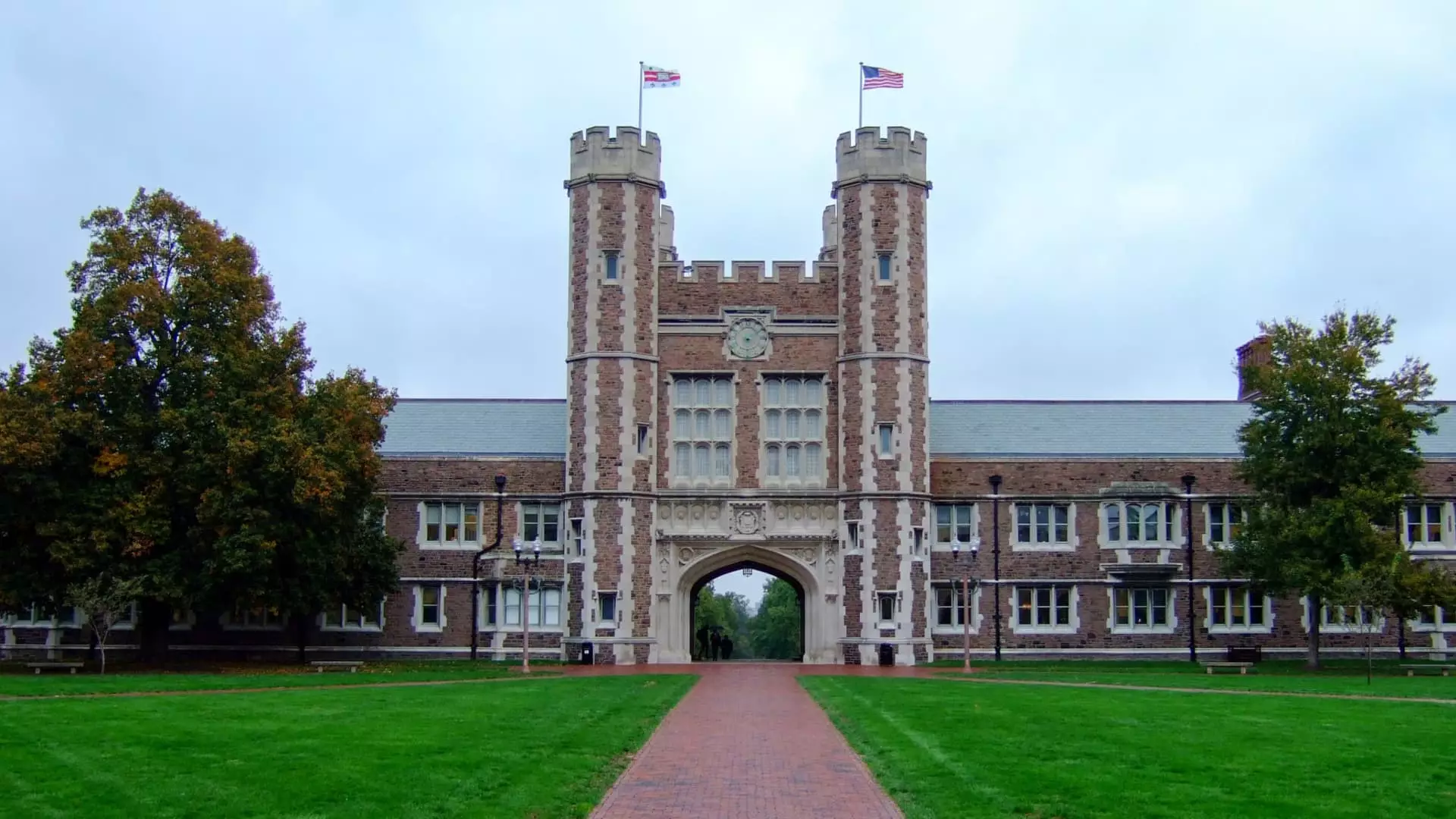The cost of attending college nowadays is reaching record highs, with some institutions charging close to six figures per year for tuition, room, board, books, and other expenses. According to data from The Princeton Review’s “The Best 389 Colleges” list, eight schools – such as New York University, Tufts, Brown, Yale, and Washington University in St. Louis – are asking for more than $90,000 for the 2024-25 academic year. With annual tuition adjustments averaging around 4%, these schools are on track to surpass the $100,000 mark by 2026, as projected by Bryan Alexander, a senior scholar at Georgetown University.
The steep prices of these colleges can be a deterrent for prospective students, especially those from low- and moderate-income families. Sameer Gadkaree, the president of the Institute for College Access and Success, expressed concerns about the affordability of higher education, noting that exorbitant costs can discourage students from even considering attending college, despite potential grant aid. The decrease in state funding for colleges has also contributed to rising tuition fees, shifting more of the financial burden onto students.
It is a worrying trend, as these elite institutions represent only a small portion of the higher education landscape. The majority of colleges are community colleges or state universities where tuition fees are more reasonable.
Although college costs are on the rise, very few students and parents actually pay the full amount out of pocket. According to Sallie Mae’s “How America Pays for College” report, families paid an average of $28,409 towards education costs in the 2023-24 academic year. Parental income and savings covered nearly half of these costs, while scholarships and grants made up over a quarter. Student loans accounted for the rest. Each year, the U.S. Department of Education distributes approximately $120 billion in financial aid to help students afford college.
However, in order to access federal aid, students must fill out the Free Application for Federal Student Aid (FAFSA). Unfortunately, recent issues with the FAFSA application have led to a decrease in submissions, potentially resulting in fewer students attending college. This decline is a cause for concern, especially as cost remains the top worry for families when it comes to higher education.
Despite the increasing sticker prices, there are many colleges that are committed to meeting students’ financial needs. Private schools, in particular, tend to have more resources available for providing financial aid. Editor-in-chief of The Princeton Review, Robert Franek, highlighted the positive aspect of colleges offering aid to deserving students and families. While the cost of college education may be daunting, there are institutions out there willing to help bridge the financial gap for those in need.

